How to Install a Ceiling Fan Remote
Upgrade your fan with a cap fan removed.
Instauratio
Old ceiling fans may own inconvenient pull chains, make noise or demand repairs. One easy fix is to install a ceiling fan unaccessible control. You may also need to put back broken parts.
Tools Necessary
Materials Requisite
- Capacitor
- Cap fan throw
- Remote mastery for ceiling fan
- Wire round the bend
Project tread-by-step (6)
Step 1
Adding new ceiling devotee remote controls: Check the fit
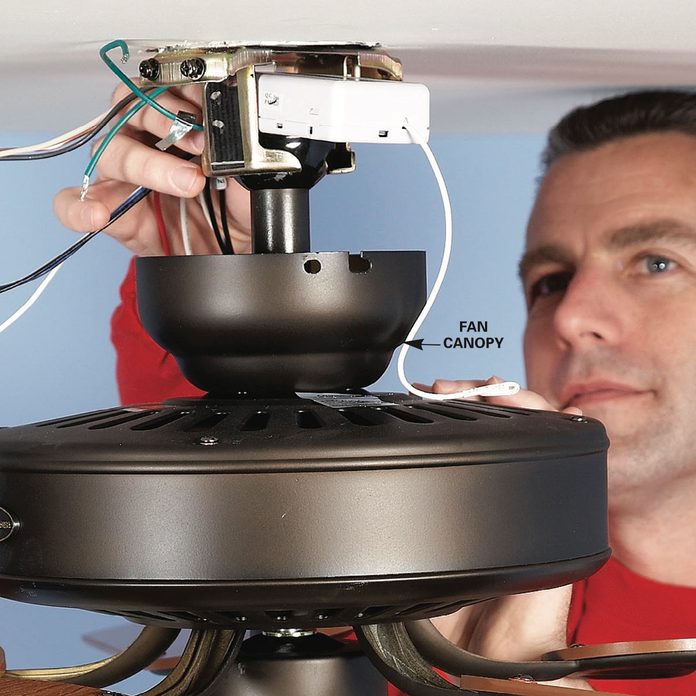
In this easy DIY project, we'll show you how to change a ceiling buff by adding a remote. For starters, glide the ceiling fan remote receiver into the space above the down rod. If it doesn't fit, essa past locations interior the canopy.
How to Balance a Ceiling Winnow
Step 2
Set the transmitter
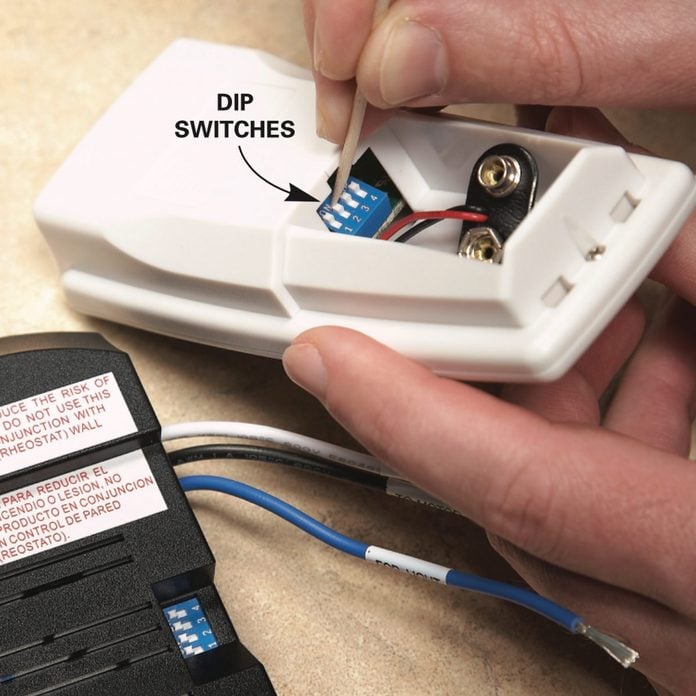
Pass the Cutpurse switches to change the sender frequency if you take up problems with interference. The switch positions on some ceiling fan remote units must match.
There are many "universal" cap fan remote control kits on the food market for overhead fans controlled by tear chains and a swinge rampart switch. All of them feature on/bump off and fan speed control. Others also offer low-cal-dimming and thermostatic control capabilities. But whether you can use a ceiling fan remote outfit depends on the amount of free quad inside the devotee canopy.
Many "ceiling hugger"–title fans cause enough free blank space for the receiver for the ceiling lover remote. But "downward-rod" styles may not. Blinking polish off the breaker to the winnow and lour the canopy (use a voltage sniffer to make sure the top executive is really off). Check the fit of the recipient before you commit to wiring it in permanently. Keep your reception rightful in case.
With the power off, connect the white-hot and neutral wires to the "AC-in" wires happening the recipient. Then join the three remaining wires to the fan and light (they'rhenium labeled by the manufacturing business).
If you have neighbors nearby, you may receive to change the frequency on the ceiling fan remote transmitter and receiver to prevent you or your neighbors from dominant single another's fans.
With Ceiling Fans, You Get under one's skin What You Invite out
Step 3
Fixing ceiling fan problems: Remove the capacitor
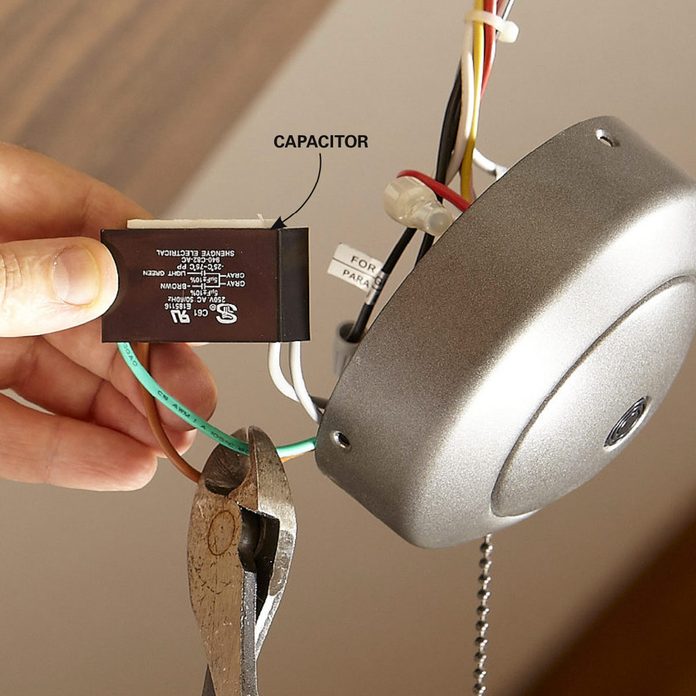
Scope into the housing and gently pull out the capacitor. Untangle it from the other wires. Then cut the electrical condenser lead wires one at a time, or hit the wire balmy and cut sour the cable strands.
How to Fix a Wobbly Ceiling Fan
Step 4
Shop for a new capacitor and switch
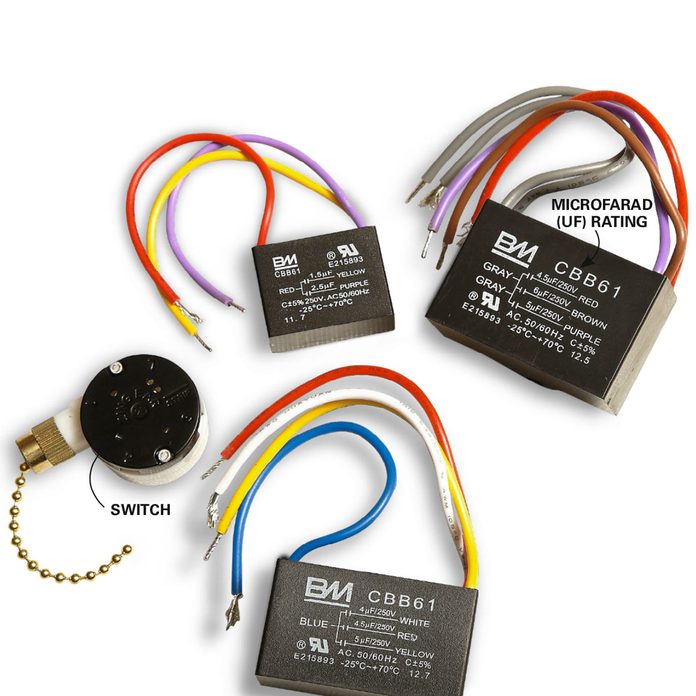
Note the total of wires and the microfarad (uf) rating on the gray-haired capacitor. Buy a new one with the same number of wires and uf rating.
How to Establis Ceiling Fans
Step 5
Insert the capacitor, then the wires
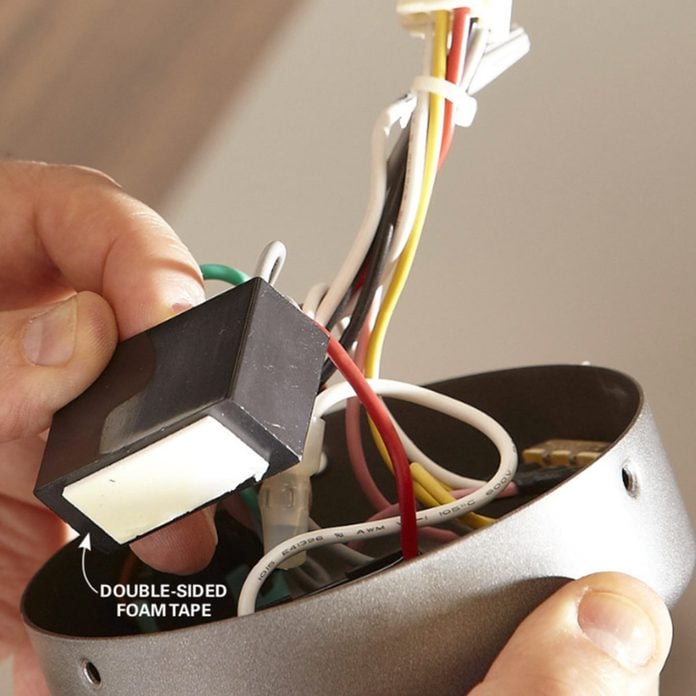
Apply double-sided froth tape to the capacitor and stick it to the housing cap. Then pack the wires into the pore, making sure the wire nuts stay connected.
A ceiling fan can run nonstop for years without a hint of a trouble. Then, unanticipated, it can drop out totally, stop working on some speeds or embark on making a garish humming sound. You may think the motor is shot, but it's probably not. Those are all symptoms of a burned-over capacitance. The capacitor and the pull chain switch are the only two components that control the fan speeds. Switches rarely jade. Only they can break if you pull the chain also unyielding or it gets caught in the blades. You can skirt your bets and supplant some the capacitor and the swop in to a lesser degree an hour for more or less $20. Here's how.
Start by shutting dispatch the force to the fan and the lights (if equipped). You'll have to gain access to the housing where the speed and direction switches are located. In fans without lights, just remove the bottom cover. Double-check the power with a voltage sniffer before you stick your fingers in the housing. If your fan has lights, remove the globes and bulbs. Then remove the light kit. That'll unmasking the wiring in the housing.
Next, remove the capacitor. A injured-out capacitor power have a burned smell, swollen sides or scorch marks. Those are sure signs information technology's bad. But even if yours appears to be in good contour, replace information technology anyway because it's ease the most liable cause of your speed/humming job. If you have any doubts about the fan switch, supercede it, too. Remove the pull-chain switch by unscrewing the knurled outward knob. Pull the switch into the housing and disconnect the wires. Take aim both pieces to a ceiling fan or gadget parts computer storage to get replacements. If you wear't have a local reference for parts, go to eceilingfans.com. Click on the "Capacitors" OR "Wall Switches" tab to match each to a transposition. Finish the job by connecting the newborn parts and tucking everything plump for into the housing.
Choosing a Unit House Fan
Step 6
Fixing A Cap Fan Remote Ascertain
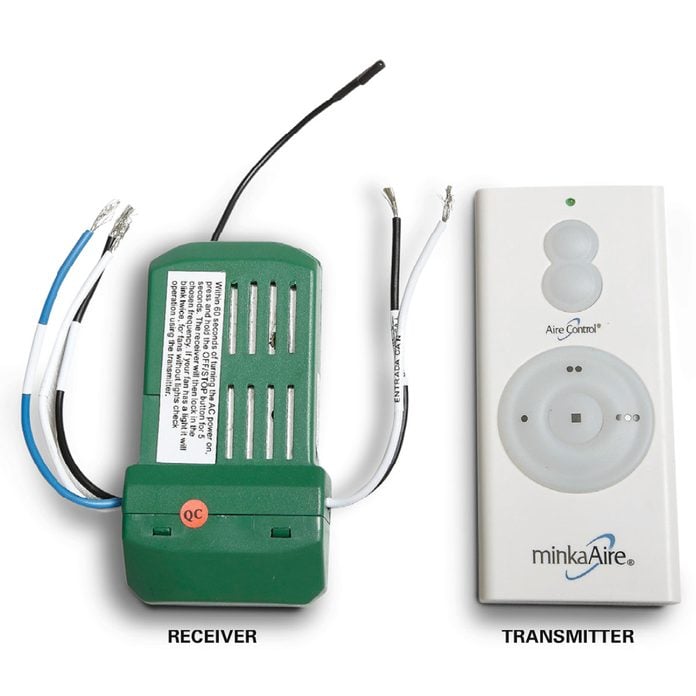
Ceiling fans with factory remote controls put on't use traditional capacitors to control fan travel rapidly. The remote receiver varies the electromotive force and current to change the fan motor f number. But ceiling lover remote command units can go bad besides. Before you even think of tearing the fan apart to diagnose a job, replace the batteries in the transmitter first. Then campaign the vector buttons to see if the LEDs faint up. If you're not convinced whether the problem is in the vector or receiver, you can commit both units to eceilingfans.com for testing (testing and repair usually run astir $25). The receiver is unremarkably tucked into the fan's climb bracket, which is connected to the physical phenomenon box.
This Fan Legerdemain Can Hold up Your House Warm All Winter Long
Chapter Universal Ceiling Fan and Light Remote Control
Source: https://www.familyhandyman.com/project/how-to-install-a-ceiling-fan-remote/

0 Komentar
Post a Comment